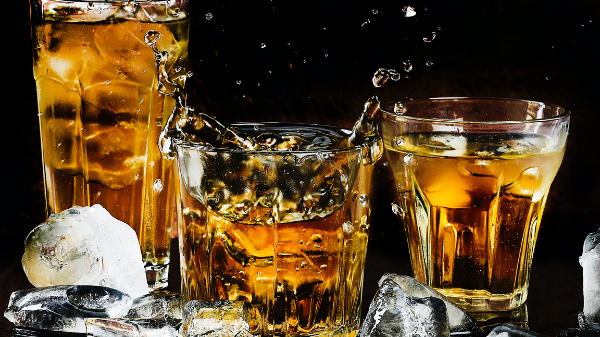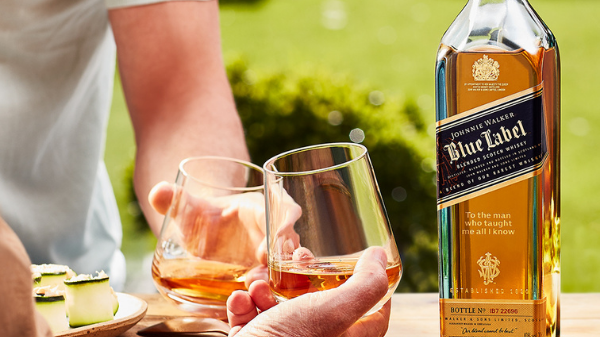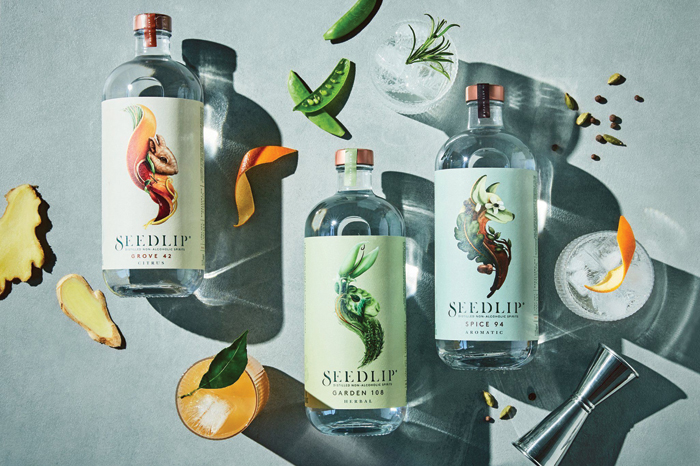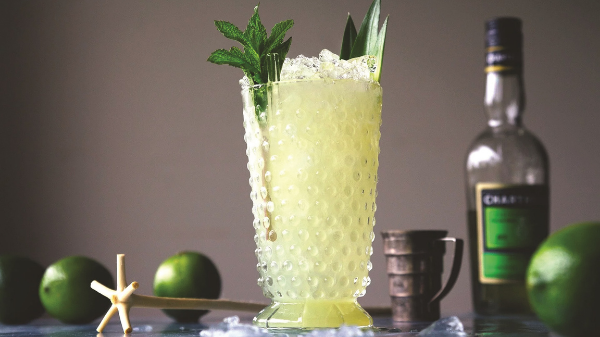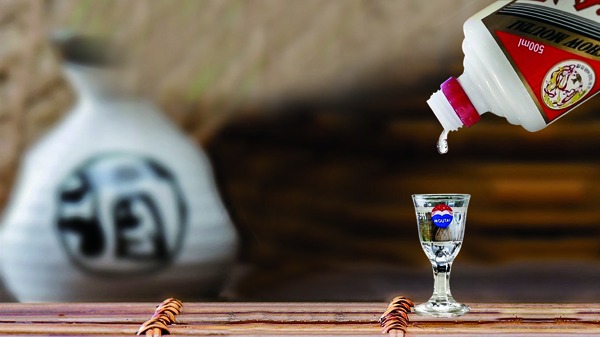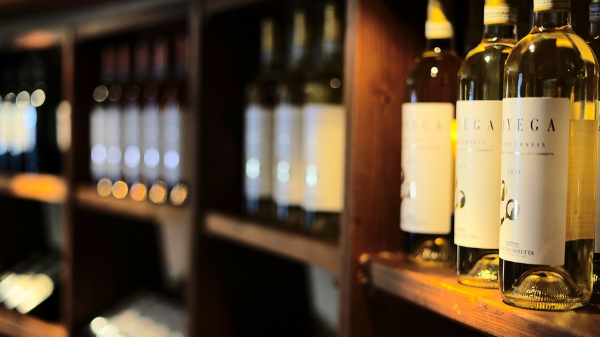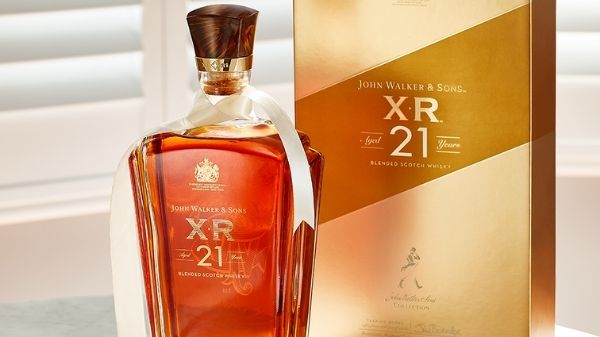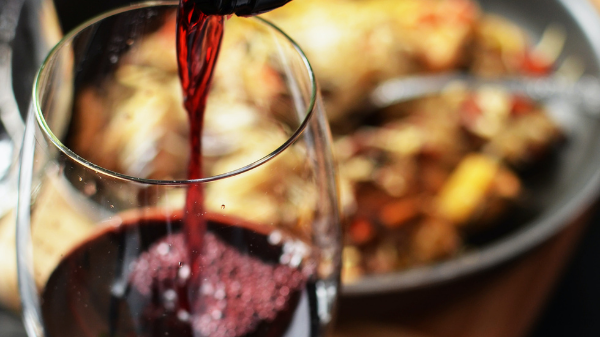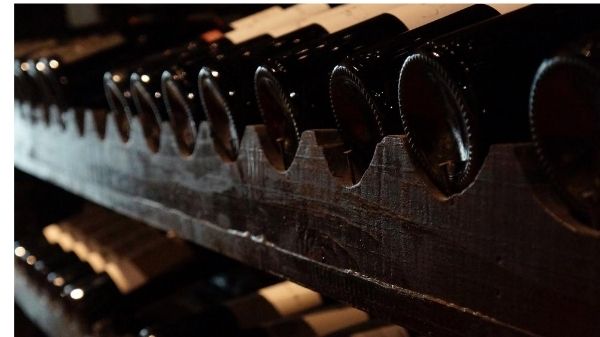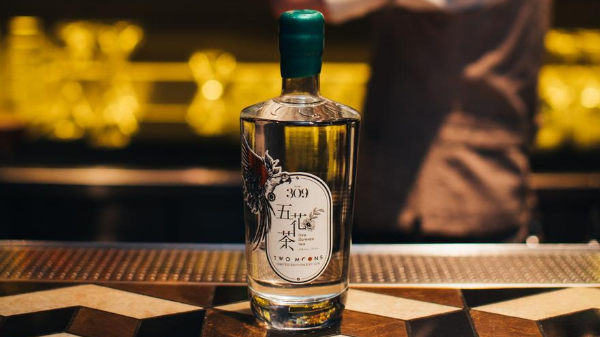Japanese whiskies have, in recent years, risen in ranks in steep competition against widely loved Scotch, bourbon, Islay and Canadian whiskies — winning over the hearts of whisky aficionados the world over for its unique lightness and sweeter tones. From award winning bottles like the Yamazaki 12 and Hibiki 17, both products of the now internationally renowned Japanese distillery Suntory, premium whiskies are in-demand, and are increasingly hard to get your hands on given the supply shortage. Though if you’re looking to discover a new world of flavours through Japanese whisky, here are the top four bottles you must try…
1. Yamazaki 12 Years Old Single Malt Whisky
Almost a decade ago, this bottle put Japanese whisky (and Suntory distilleries) on the map. Offering a new flavour to traditional scotch distillation, the Yamazaki 12 years is an excellent introduction to Japanese whisky given its floral, vanilla and fruity notes.
Price: HK$2,880 / bottle
Available at thebottleshop.hk.
2. Hibiki 17 Years Old Blended Whisky
Suntory’s flagship bottle, Hibiki, truly shows off the distillery’s mastery of blending. The Hibiki 17 years in particular is an aged whisky blended grain and malt whiskies. It boasts a silky smooth and fruit-laden flavour that offers whisky aficionados a versatile bottle to serve neat or in a highball.
Price: HK$6,980.00
Available at thebottleshop.com.
3. Hakushuku 12 Years Old Single Malt Whisky
Expressing scotch influence in Japanese whisky making, the Hakushuku 12 years is a smokey single malt, also owned by Suntory, produced in the Japanese Alps where the water used to craft the distillery’s whiskies run deep in the forest nearby. Yet, it boasts a unique lightness that contrasts the more peated scotch whiskies, while offering sweeter notes of fruit and honey.
Price: HK$2,580.00
Available at: hkliquorstore.com.
4. The Akkeshi Usui (2021 bottled) Blended Whisky
The Akkeshi Usui by Hokkaido Akkeshi Distillery is a blended whisky from a combination of bourbon, sherry, mizunara and wine casks which explains the complex notes this bottle offers. Although aged relatively young (three years), this vibrant and harmonious blend of sweet, fragrant and peaty flavours that feature custard, cacao and raisins with citrus overtones makes for a deliciously refreshing tipple.
Price: HK$3,480.00
Available at hkliquorstore.com.
Read similar articles by clicking the titles below:
Nipponese Nectar: Can Japanese whisky makers keep up with steep demand?
Johnnie Walker Blue Label: The perfect gift to give this Father’s Day
Bourbon: Exploring the charming history of America’s native spirit



